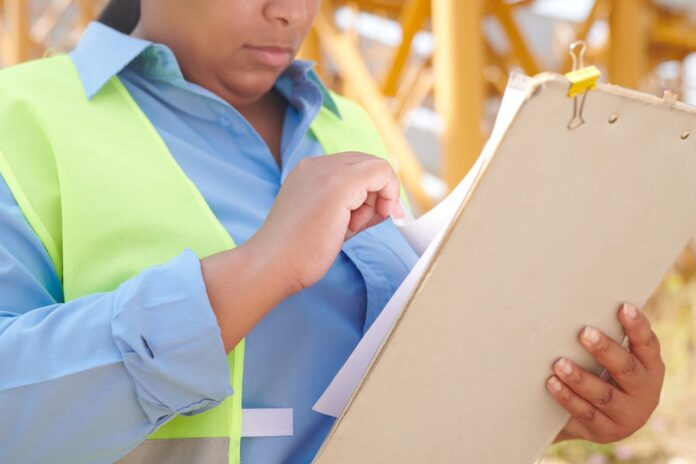Scrutinising the dense, often intimidating language of a building safety assessor’s report is not merely a bureaucratic exercise; it is the crux of proactive property stewardship. Many building owners and managers approach these documents with trepidation, uncertain whether they’ve stumbled upon technical minutiae or existential red flags. Yet within those pages reside both the overt clues and subtle signals of a structure’s ongoing health, compliance obligations, and latent risks demanding intervention. What, in truth, is at stake if one misreads, overreads, or disregards such a text? The unmistakable answer: the very integrity, both legal and physical, of the building itself.
Unravelling the Technical Vocabulary
A building assessor’s lexicon brims with specialist terminology, and central to contemporary safety discourse is the work of expert firms like Pyrofire, a company specialising in fire resistance and compartmentalisation strategies. When a specialist firm like this is brought in, it marks far more than a nod to fire door installations; it signals rigorous scrutiny of how structural elements combine to mitigate fire spread and protect occupants. The solutions and ratings provided by an expert assessment indicate whether your building’s passive defences are aligned with current standards or, conversely, if inadequacies expose you to significant compliance risks and practical dangers demanding prompt strategic attention.
Scrutinising Risk Assessments and Prioritisation
Risk matrices, probability scores, and consequence gradings are neither arbitrary nor ornamental; they are the analytical backbone that differentiates negligible hazards from potentially catastrophic defects. Here, the assessor’s prioritisation schema demands your deepest scrutiny: it reveals not only which issues require immediate remediation but also the underpinning rationale for their urgency. Before acting, interrogate these gradings: Are they justified by evidence or based on assumptions about building usage? Alert property owners will question any apparent minimisation or exaggeration, seeking to understand the methodology rather than merely ticking off action items in procedural compliance.
Interpreting Regulatory References
References to British Standards, Approved Documents, and The Building Regulations are abundant for a very specific reason: they function as both a shield and a sword. Rather than relegating these citations to the realm of legalistic footnotes, grasp that each mention directly correlates to your ongoing statutory responsibilities and potential liabilities. When your assessor details a deviation from a recognised code, it is not simply an observation; it is an implicit recalibration of your legal exposure. The task, therefore, is not to absorb such references passively, but to map them vividly onto your building’s actual conditions and operations.
Translating Recommendations into Action
All too often, the best-intentioned recommendations languish in the purgatory of committee minutes, undermined by either technical ambiguity or organisational inertia. Crucially, initiatives listed by your assessor require translation from idealistic suggestions into actionable project milestones with clear accountability. Ask: Which professional must interpret this recommendation in practical terms? What, precisely, constitutes compliance or completion? More than checklists, these are matters of operational transformation; your building’s safety is continually shaped by the decisions, investments, and follow-up mechanisms that animate these recommendations into visible reality.
Conclusion
To mistake a building safety report as mere regulatory paperwork is to miscalculate both its consequences and potential. In truth, such documents operate as sophisticated diagnostic tools—simultaneously illuminating fault lines and offering blueprints for resilience. By engaging deeply and critically with your assessor’s findings, you do not merely comply with an obligation; you assert guardianship over your building’s safety, longevity, and reputational standing. Ultimately, intellectual vigilance here is synonymous with both legal prudence and a genuine commitment to protecting lives.

























